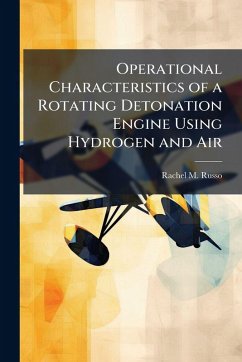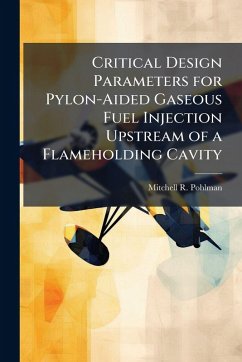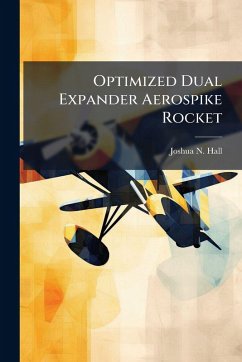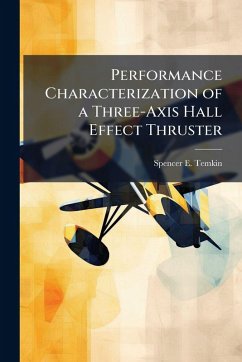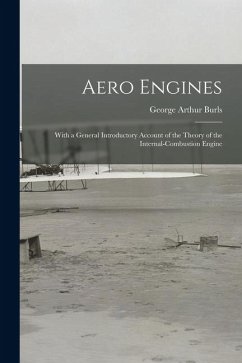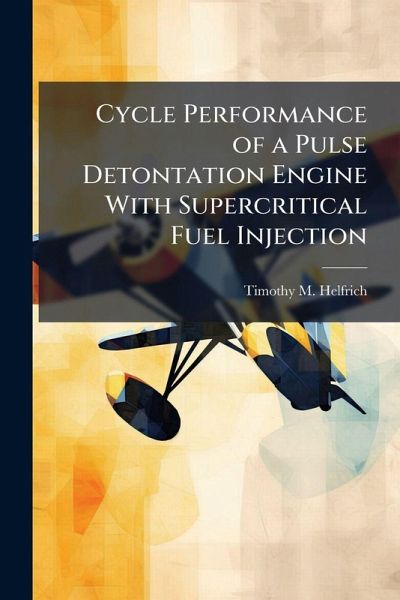
Cycle Performance of a Pulse Detontation Engine With Supercritical Fuel Injection

PAYBACK Punkte
9 °P sammeln!
Pulse detonation engines (PDE) rely on rapid ignition and formation of detonation waves. Because hydrocarbon fuels are composed typically of long carbon chains that must be reduced in the combustion process, it would be beneficial to create such reduction prior to injection of fuel into the engine. This study focused on PDE operation enhancements using dual detonation tube, concentric-counter-flow heat exchangers to elevate the fuel temperature up to supercritical temperatures. Variation of several operating parameters included fuel type (JP-8, JP-7, JP-10, RP-1, JP-900, and S-8), ignition del...
Pulse detonation engines (PDE) rely on rapid ignition and formation of detonation waves. Because hydrocarbon fuels are composed typically of long carbon chains that must be reduced in the combustion process, it would be beneficial to create such reduction prior to injection of fuel into the engine. This study focused on PDE operation enhancements using dual detonation tube, concentric-counter-flow heat exchangers to elevate the fuel temperature up to supercritical temperatures. Variation of several operating parameters included fuel type (JP-8, JP-7, JP-10, RP-1, JP-900, and S-8), ignition delay, frequency, internal spiral length, and purge fraction. This work has been selected by scholars as being culturally important, and is part of the knowledge base of civilization as we know it. This work was reproduced from the original artifact, and remains as true to the original work as possible. Therefore, you will see the original copyright references, library stamps (as most of these works have been housed in our most important libraries around the world), and other notations in the work. This work is in the public domain in the United States of America, and possibly other nations. Within the United States, you may freely copy and distribute this work, as no entity (individual or corporate) has a copyright on the body of the work. As a reproduction of a historical artifact, this work may contain missing or blurred pages, poor pictures, errant marks, etc. Scholars believe, and we concur, that this work is important enough to be preserved, reproduced, and made generally available to the public. We appreciate your support of the preservation process, and thank you for being an important part of keeping this knowledge alive and relevant.





